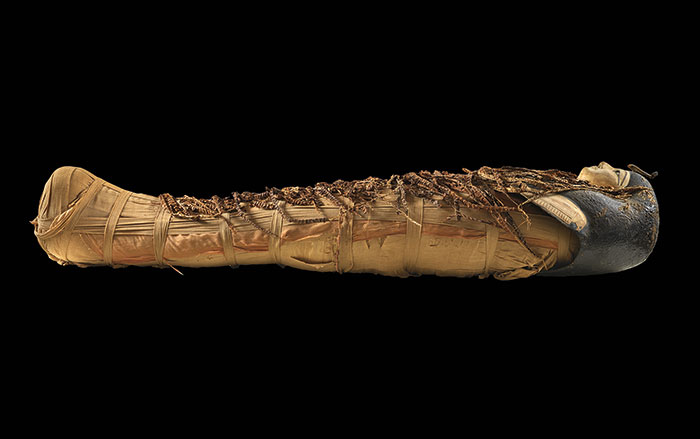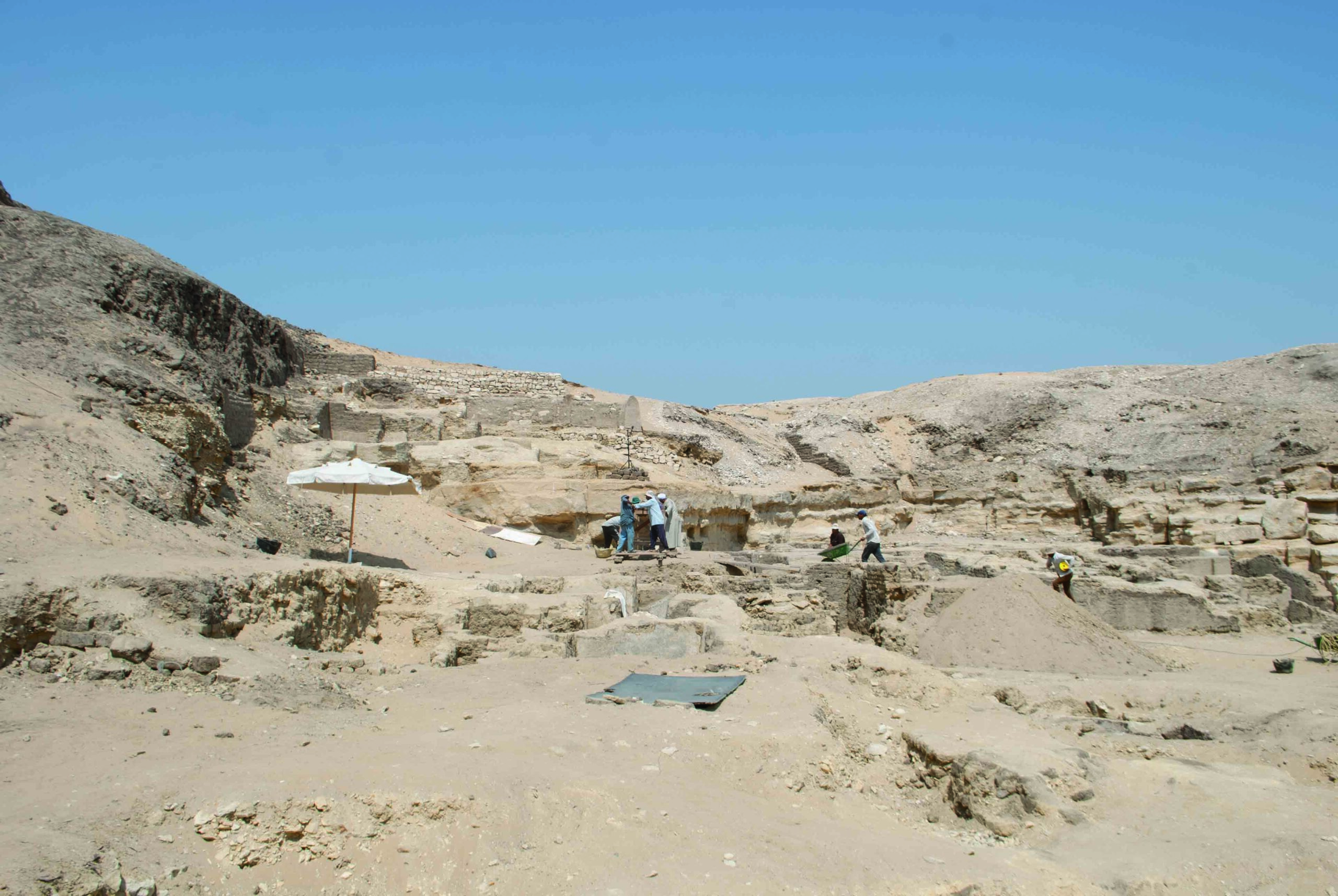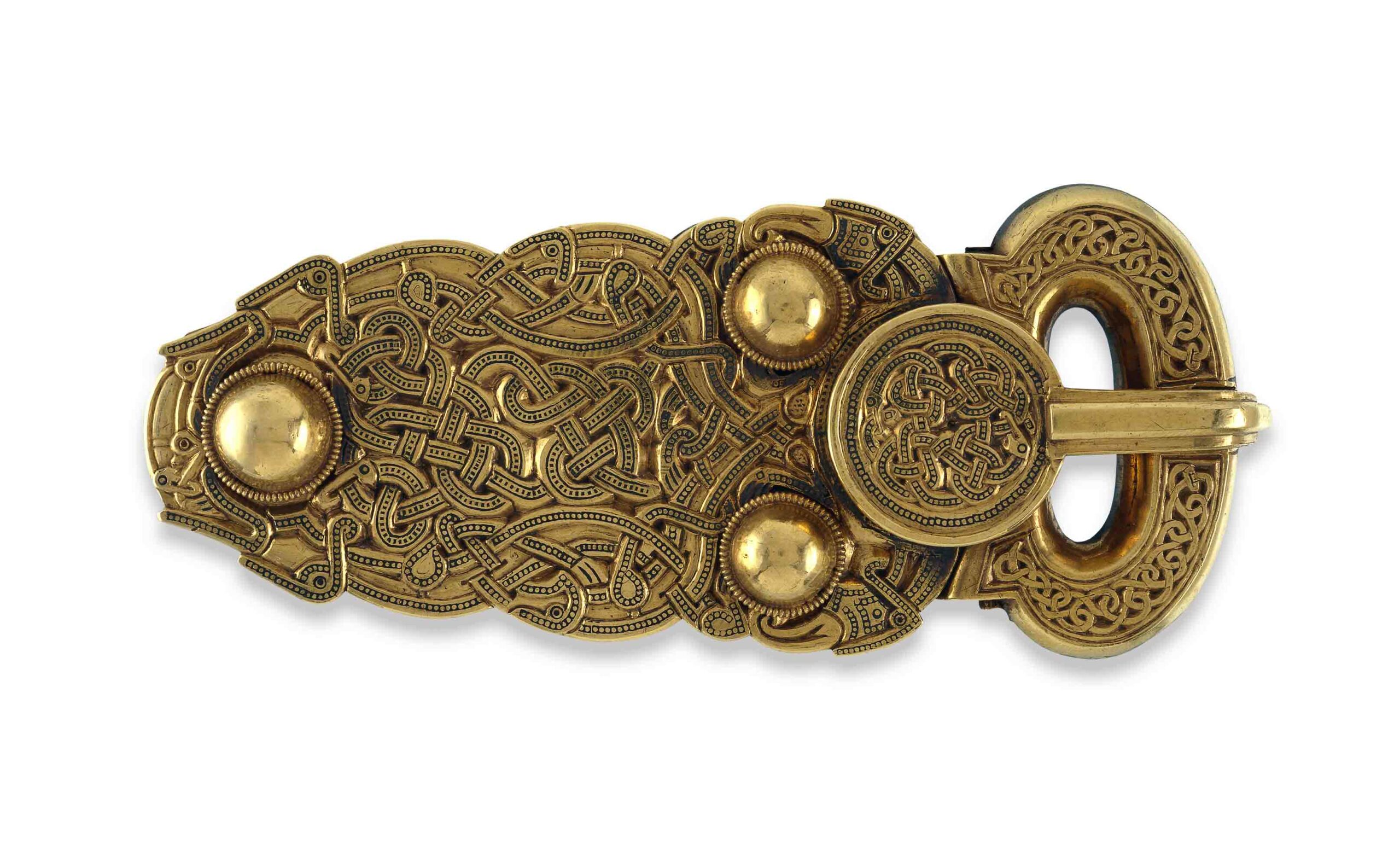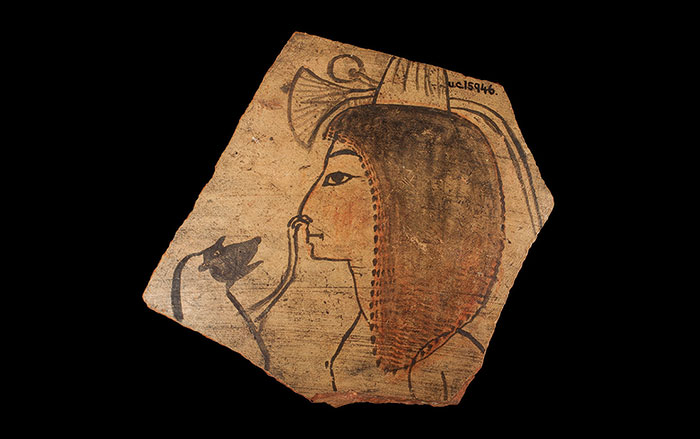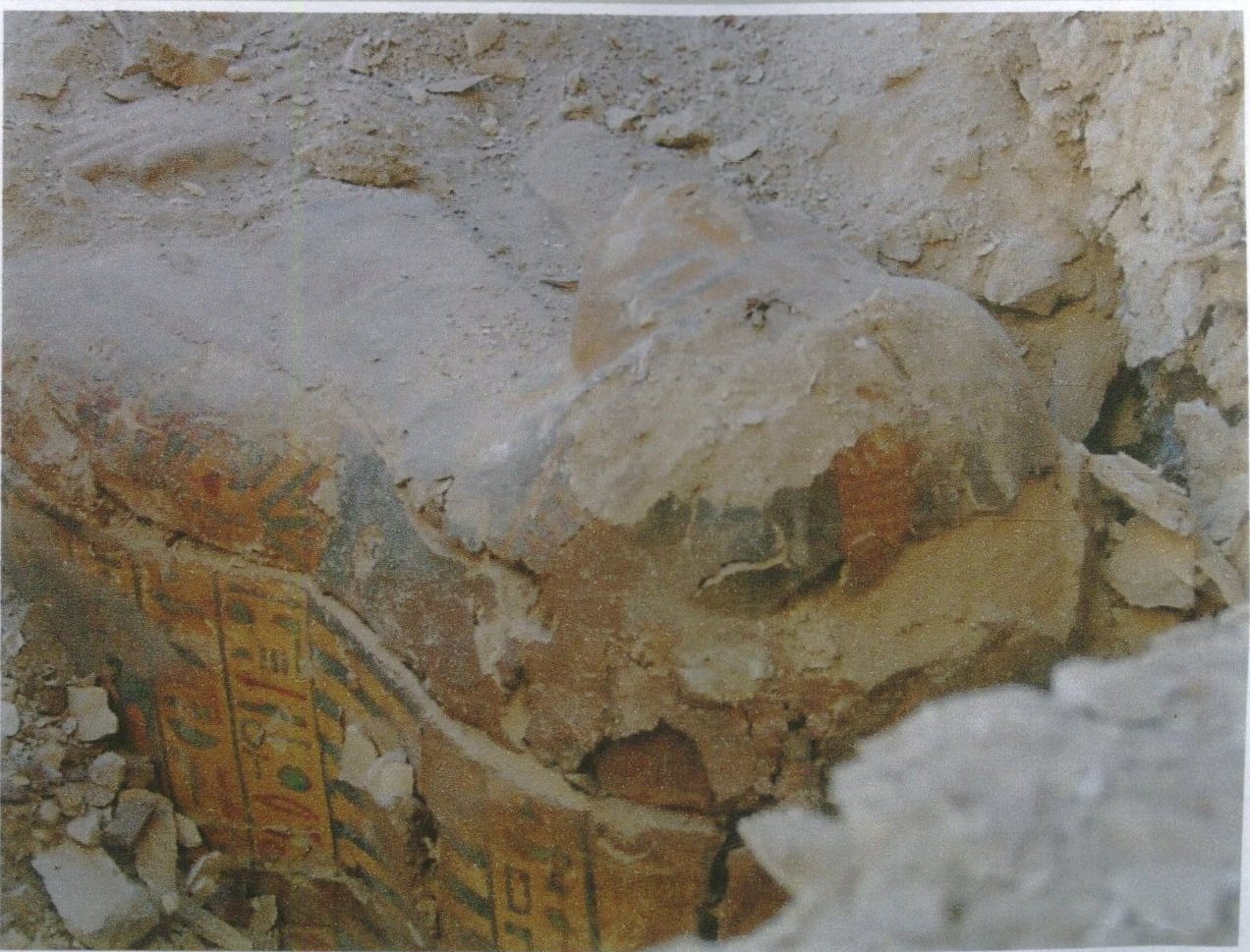
LUXOR, EGYPT—A sarcophagus dating to the Third Intermediate Period (ca. 1069–664 B.C.) has been discovered by a team of Spanish and Egyptian archaeologists working at the late-18th Dynasty tomb of Amenhotep Huy on Luxor’s west bank. This sarcophagus is at least 200 years younger than the original tomb. “It has a unique style that was common during the reign of the 21st dynasty,” Minister of Antiquities Mamdouh Eldamaty told The Luxor Times. The wooden sarcophagus is covered with plaster and decorated with images of Toth, Anubis, Osiris, Isis, and the four sons of Horus. The female mummy is wrapped in linen and its face is covered with a mask. She is wearing a necklace and a wig decorated with a flower crown. Hieroglyphic texts on the sarcophagus could provide more information on the identity of the deceased, who was probably a singer, or priestess, in the temple of Amun. For an in-depth look at the discovery of the tomb of another priestess of Amun, see "Tomb of the Chantress."



